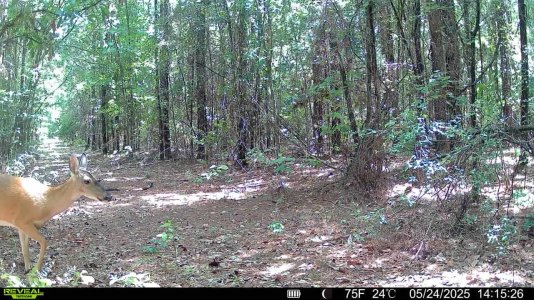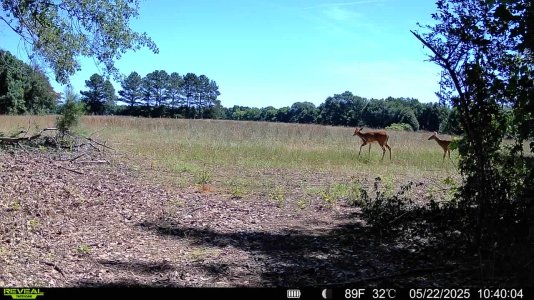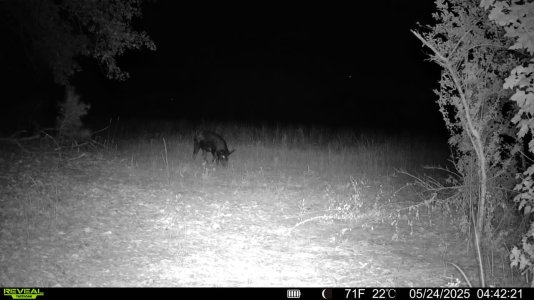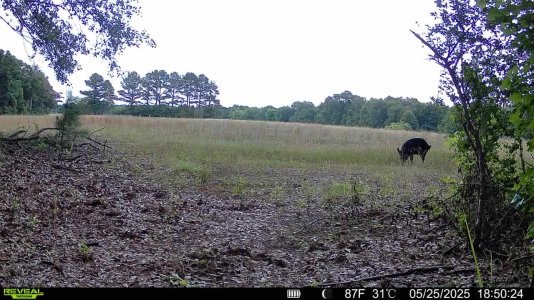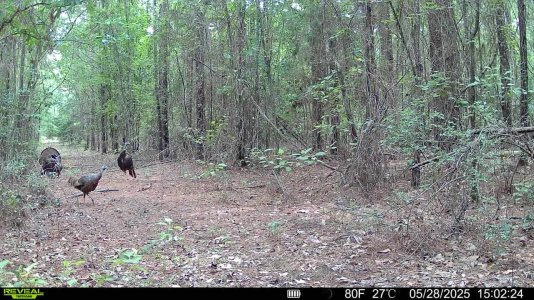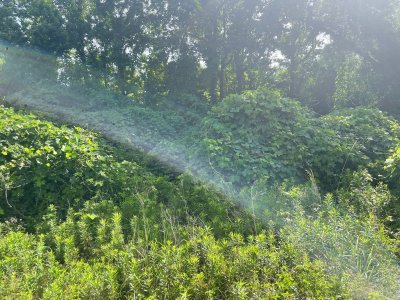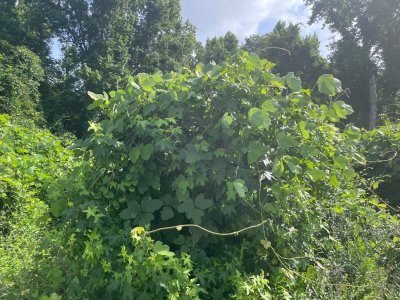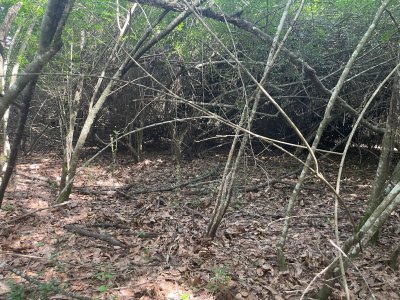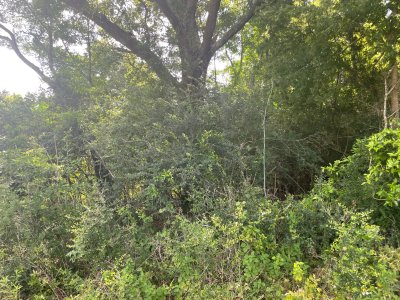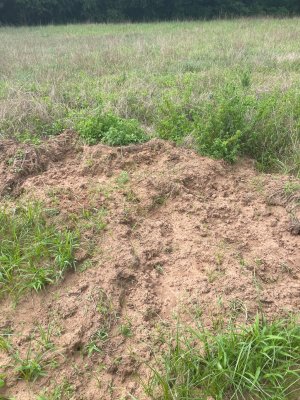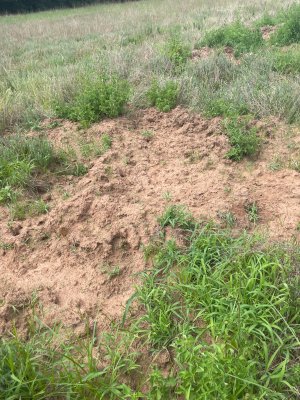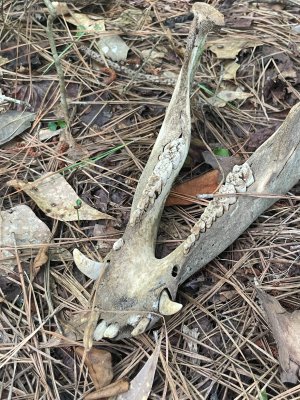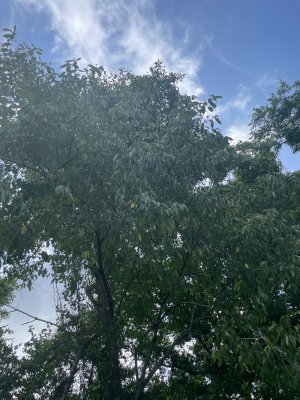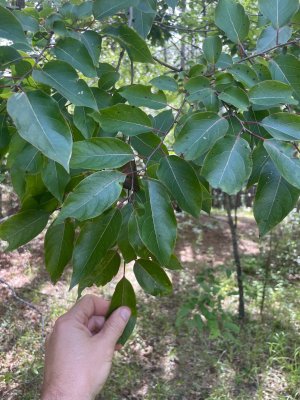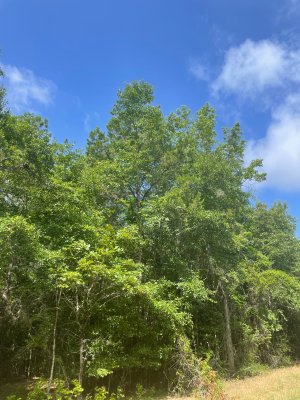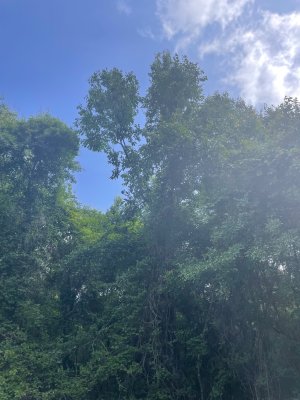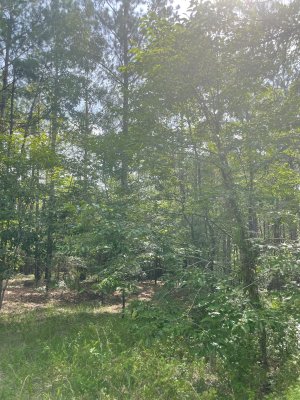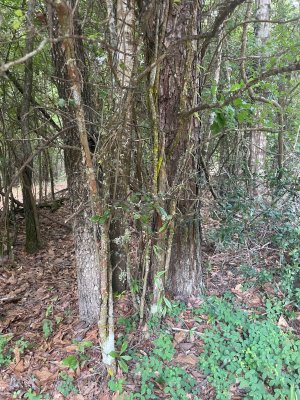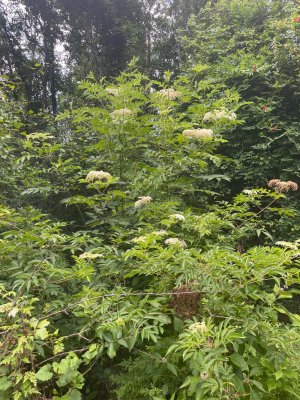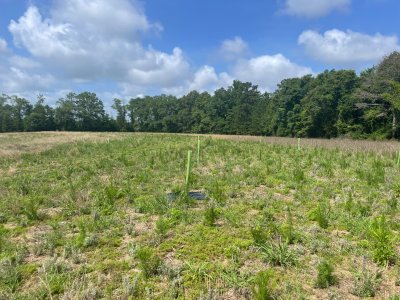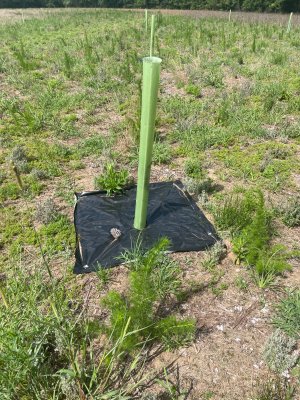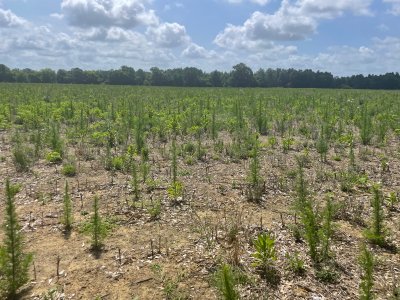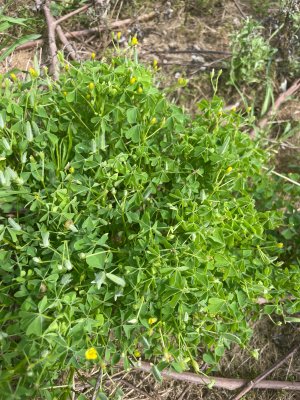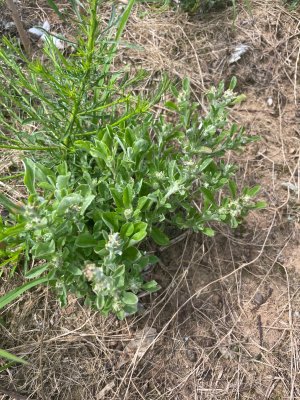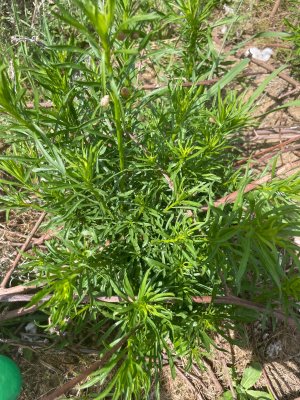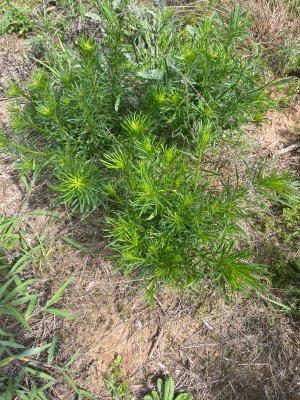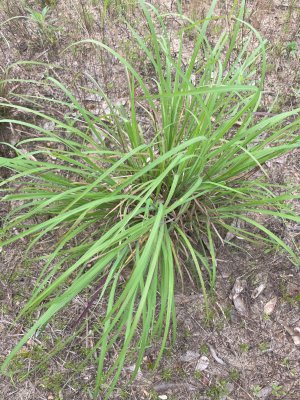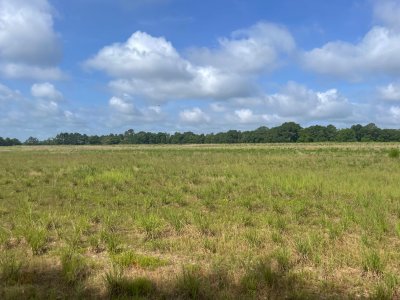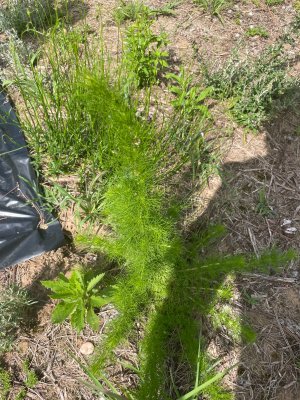Double Creek
5 year old buck +
I just purchased a 126-acre farm in south Alabama. The breakdown is 76 acres of mixed timber, mostly planted pine in the 20-year-old range with some hardwoods mixed in along the field edges and creek drainages. The creek appears to be spring fed and should be annual, but I will know for sure once we hit our typical October drought. The balance is approximately 50 acres of ag land, which has traditionally been planted in cotton. I will be taking all of the row crop out of production and maintaining various stages of succession with disking and fire. The rental income would be nice, but with 3 boys, I need the habitat and stand locations more than I need the rental income.
I have plans for a couple orchards, plum thickets, oak groves, etc over time. I'm quickly learning not to bite off more than I can chew at one time.
I'm in the process of meeting with an NRCS biologist to explore the various options.
I've had game cameras out for a couple weeks and the mix of wildlife has been encouraging. Deer, turkey, wild pigs, raccoons, opossum, coyote, quail, squirrel and rabbit.
Primary objective is nesting and brooding habitat for turkey and quail. Deer will be an added bonus, and the density is very high in this area. Pigs will definitely be an issue and the property already as some rooting damage. I was honestly surprised to only have a few pigs on camera. Was expecting much more based on the sign. I will have to keep an eye on that and trap as necessary.
A big positive... The 3 neighbors to my south own 5,000 acres of almost continuous pine plantation of various ages. A few food plots here and there, but very few near my property lines. North, West and East of my property is a good mix of ag land, pasture and timber.
A big negative. The only good access is from the North. The only decent place for a future camp area is the North end of the property. Not ideal, but there are a few houses on my North line, so the deer should be accustomed to human scent coming from that direction.
First priority this winter and spring will be planting a mix of screening of switch grass, oak trees and chickasaw plum along the upper NW corner of property to block views from the neighbors and road.
I've attached a couple overviews with the property boundaries highlighted in blue. I have also attached one of many OnX maps that I have been playing with with future food plots, various stages of habitat, screening etc. It's a moving target at this time but it sure is fun to play around with different ideas! I will explain the color codes in future posts. Here's to the beginning of a land tour.
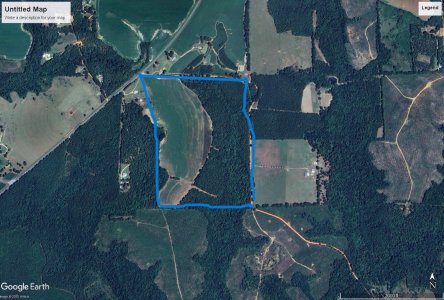
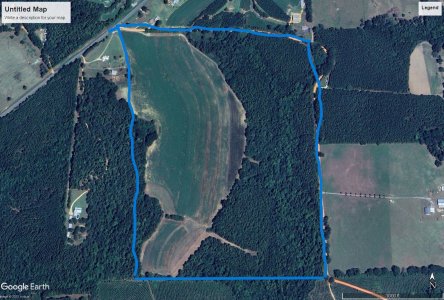
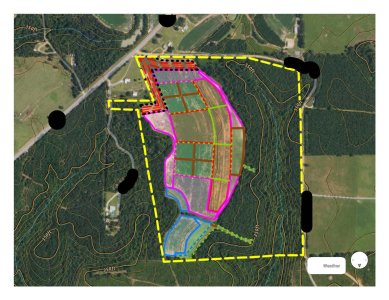
I have plans for a couple orchards, plum thickets, oak groves, etc over time. I'm quickly learning not to bite off more than I can chew at one time.
I'm in the process of meeting with an NRCS biologist to explore the various options.
I've had game cameras out for a couple weeks and the mix of wildlife has been encouraging. Deer, turkey, wild pigs, raccoons, opossum, coyote, quail, squirrel and rabbit.
Primary objective is nesting and brooding habitat for turkey and quail. Deer will be an added bonus, and the density is very high in this area. Pigs will definitely be an issue and the property already as some rooting damage. I was honestly surprised to only have a few pigs on camera. Was expecting much more based on the sign. I will have to keep an eye on that and trap as necessary.
A big positive... The 3 neighbors to my south own 5,000 acres of almost continuous pine plantation of various ages. A few food plots here and there, but very few near my property lines. North, West and East of my property is a good mix of ag land, pasture and timber.
A big negative. The only good access is from the North. The only decent place for a future camp area is the North end of the property. Not ideal, but there are a few houses on my North line, so the deer should be accustomed to human scent coming from that direction.
First priority this winter and spring will be planting a mix of screening of switch grass, oak trees and chickasaw plum along the upper NW corner of property to block views from the neighbors and road.
I've attached a couple overviews with the property boundaries highlighted in blue. I have also attached one of many OnX maps that I have been playing with with future food plots, various stages of habitat, screening etc. It's a moving target at this time but it sure is fun to play around with different ideas! I will explain the color codes in future posts. Here's to the beginning of a land tour.




